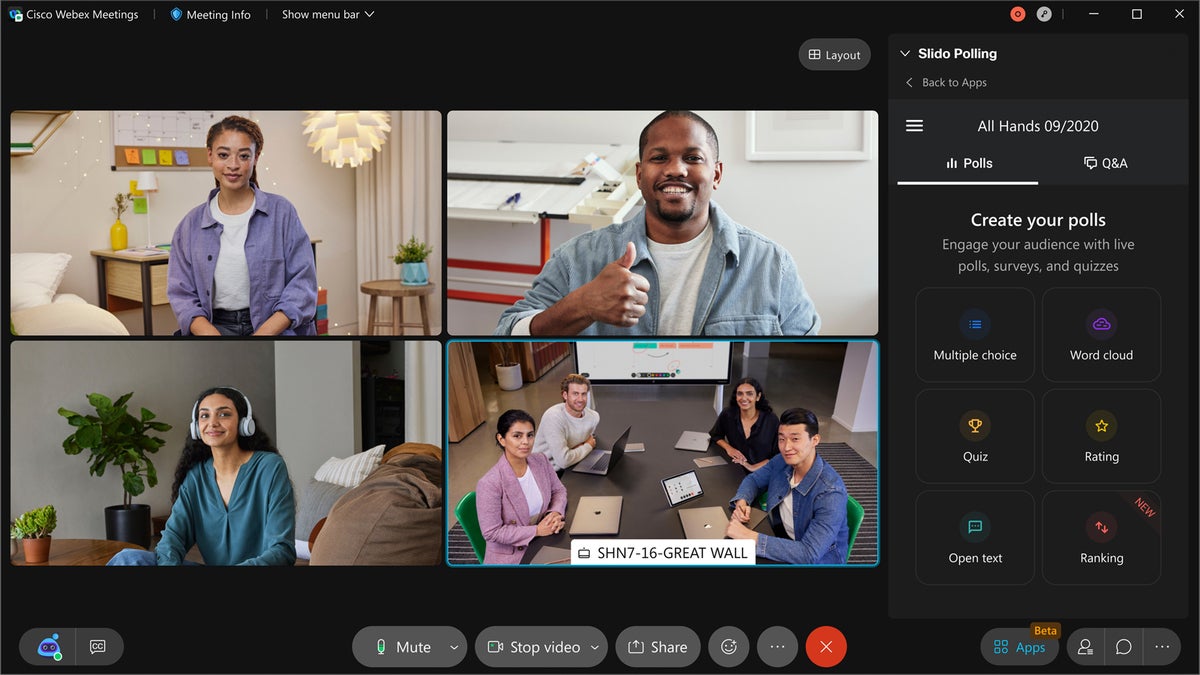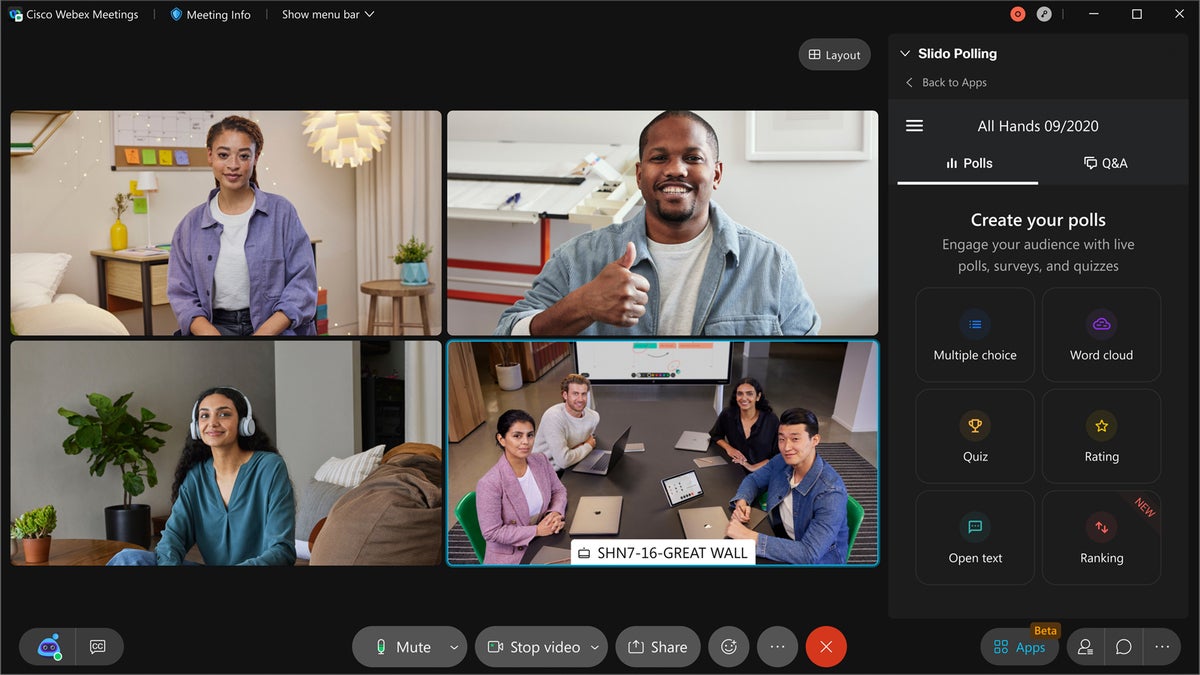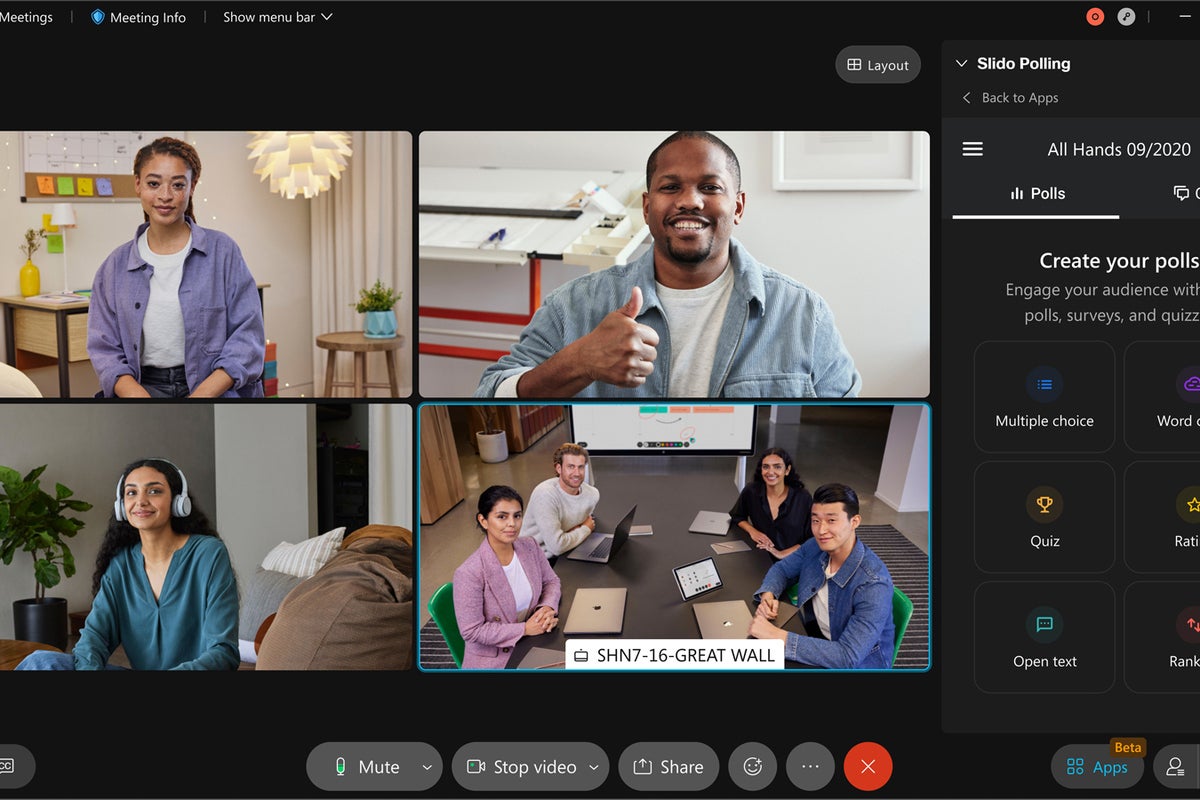
Disclosure: most vendors mentioned are clients of the author.
I’ve consistently said that videoconferencing firms who position their software as collaboration products aren’t really collaborative. They don’t allow you to easily loop in what workers are collaborating on and seem more focused on virtualizing meetings than anything else. In addition, the hardware won’t work seamlessly with the three major videoconferencing services. (You generally have to reboot the hardware to shift between platforms.)
Can you imagine having to reboot your smartphone if use AT&T and get a call from someone on T-Mobile or Verizon?
This week, Cisco moved to tackle both issues and trumpet its true advantage: It is the only major videoconferencing vendor that is a also telephony vendor. That’s allowed it to start to work advanced telephony features into what it offers. So while I would have said last week that Cisco is the last of the three major providers, I think it jumped into the lead with its announcements at this week’s WebexOne 2021 event.
Let me explain.
An early start at IBM and Siemens
In the late 1980s, when I worked at the ROLM division of IBM and then Siemens, we developed an advanced set of phones that blended PC and central computing capabilities connected by ROLM Link (a predecessor to ethernet). These phones could give you the name, title, and background of the person calling and offer up a text list of your voicemails with the subject. (We had begun testing video capabilities, too, but bandwidth then was pretty limited.)
The phones could identify who the caller reported to and a list of previous calls and outcomes, presumably so if a call was transferred to you, you had background info about what had occurred; the caller didn’t have to repeat what they might have told whoever transferred the call. Today, we ‘re lucky to get a caller’s name, even with our advanced technology and massive bandwidth. And videoconferencing systems still don’t integrate well with our devices — even though smartphones are computers with screens and cameras.
Cisco’s Webex move
Cisco might well have made my entire decade this week. Execs detailed enhancements to the Webex platform that close almost every gap I’ve been complaining about. First, with Cicso hardware, you don’t have to reboot to change services. This might seem minor, but if you’ve got a Zoom or Teams call coming in, the folks at the other end don’t want to wait while you reconfigure hardware to answer that call.
In addition, Cisco integrated a holographic capability that can scan what you want to share and share it in a 3D virtual space. You’ll need something like Microsoft’s Hololens or another augmented reality (AR) solution to use the feature, but this legitimately moves Webex from being a videoconferencing platform to a trustworthy collaboration platform.
Cisco has also started to blend in telephony features. For instance, you can now get an app that allows you to put your business line on your smartphone and use your existing phone dialer to make calls on that line. You don’t have to carry two phones. And for customer information tracking, it’s integrated the ability to get data on the caller and what they’ve gone through before the call gets to you.
Finally, the company has begun to integrate automated features that allow the system to respond automatically to events. For instance, if an airline customer doesn’t make a connection, a data link to the reservation system could provide automatic rebooking and notification; when a customer connects again, they’ll see either a rebooking or options to rebook. That way, the customer doesn’t have to wait for hours on hold to talk to a live customer support agent.
Cisco featured several customers who reported a total return on investment (ROI) for a limited set of these features in just weeks. And this ROI came with significant boosts in customer loyalty and satisfaction. These new capabilities are just the tip of this iceberg; Cisco indicated that more features are coming in the future.
From frustration to synergy
I have to admit that I’ve been frustrated with Cisco, given it is one of the few telephony vendors still standing; it should own this segment. But it didn’t seem to see the synergy between its telephony offerings and Webex. Well, it does now. And rather than questioning whether Cisco is competitive anymore, I can see that these latest moves could give it a real competitive edge against the likes of Zoom and Microsoft Teams over the next few years.
Cisco’s competitors are not only a day late and a dollar short — other than buying a telephony company, Cisco’s rivals can’t quickly close the competitive gap. That said, the company still has to execute (and pump up its marketing efforts so buyers know about these advanced capabilities). This reminds me of the pivot Apple made into smartphones in 2007, when it disrupted the market and initially dominated rivals with the iPhone.
The only question in my mind is whether Cisco will market these new capabilities to the degree that allows its offering to reach its full potential. But in terms of capabilities, for now there is only one vendor with a complete blend of advanced telephone, video onferencing, and collaboration tools: Cisco’s Webex. This segment just got exciting!



